Maintaining a fit and active lifestyle requires regular physical activity. The most healthy sports to participate in largely depend on your own tastes, degree of fitness, and any particular goals you may have. However, the following activities are widely regarded as being very beneficial for enhancing physical fitness and general wellbeing:
1. Running: Running offers numerous benefits for both physical and mental well-being. Here are some main benefits of running:
Improved cardiovascular health: Running is an excellent aerobic exercise that gets your heart pumping and increases lung capacity. Regular running helps strengthen your heart muscles, improves blood circulation, and lowers the risk of cardiovascular diseases such as heart attacks, strokes, and high blood pressure.
Weight management and calorie burn: Running is an effective way to burn calories and maintain a healthy weight. It is a high-impact activity that engages multiple muscle groups and burns a significant amount of energy.
Increased bone density and strength: Running is a weight-bearing exercise that stimulates bone growth and helps improve bone density. It can help reduce the risk of osteoporosis and promote strong and healthy bones.
Stress relief and mental well-being: Running is known to release endorphins, which are natural mood-boosting chemicals in the brain. Regular running can help reduce stress, anxiety, and symptoms of depression.
Enhanced overall fitness and longevity: Running is a full-body workout that engages various muscle groups, including the legs, core, and upper body. It improves muscular strength, endurance, and flexibility. Regular running can also improve your stamina and increase your overall fitness level,
2. Swimming: Swimming is a highly beneficial sport that offers a wide range of advantages for both physical and mental well-being. Here are five main benefits of swimming:
Full-body workout: Swimming engages almost all major muscle groups in the body, making it an excellent form of total-body exercise. It provides resistance against the water, which helps build strength, endurance, and muscle tone throughout the body.
Cardiovascular fitness: Swimming is a great way to improve cardiovascular health. It elevates the heart rate, increases lung capacity, and strengthens the heart muscles.
Low-impact and joint-friendly: One of the major benefits of swimming is its low-impact nature. The buoyancy of water supports the body, reducing stress on the joints, bones, and connective tissues. This makes swimming an ideal exercise for individuals with joint pain, arthritis, or other musculoskeletal conditions.
Stress relief and mental well-being: Swimming has a calming and meditative effect on the mind. The rhythmic nature of swimming, combined with the sensation of being in water, can promote relaxation and reduce stress levels. Regular swimming can help alleviate symptoms of anxiety and depression, improve sleep quality, and enhance overall mental well-being
Cycling: Cycling is a popular and enjoyable sport that offers numerous benefits for physical fitness, mental well-being, and overall health. Here are some main benefits of cycling:
Cardiovascular health: Cycling is an excellent aerobic exercise that gets your heart rate up, improving cardiovascular fitness. Regular cycling helps strengthen the heart muscles, increases lung capacity, and improves blood circulation. .
Weight management and calorie burn: Cycling is an effective calorie-burning activity that can aid in weight management. It is a low-impact exercise that can be adjusted in intensity and duration to suit individual fitness levels and goals.
Improved muscle strength and tone: Cycling is a fantastic way to strengthen and tone your muscles, particularly in the lower body. It primarily targets the muscles of the legs, including the quadriceps, hamstrings, calves, and glutes. Additionally, cycling engages the core muscles for stability and balance, contributing to overall body strength and tone.
Joint-friendly exercise: Cycling is a low-impact activity that puts less stress on the joints compared to other forms of exercise, such as running. It provides a non-weight-bearing workout, making it an ideal option for individuals with joint pain, arthritis, or previous injuries.
Mental well-being and stress reduction: Cycling, like any other form of physical activity, releases endorphins, the "feel-good" hormones, which contribute to improved mood and reduced stress levels. Cycling outdoors allows you to connect with nature, enjoy fresh air, and experience the calming effects of being in natural surroundings.
Full-body workout: Tennis is a sport that involves constant movement, quick bursts of speed, and a combination of upper body, lower body, and core strength. It provides a comprehensive workout for the entire body, helping to improve cardiovascular fitness, muscular strength, endurance, and flexibility.
Cardiovascular health: Tennis is a highly aerobic sport that requires continuous movement and quick changes in direction. Regular tennis play can improve heart health, increase lung capacity, and enhance overall cardiovascular fitness. It helps to lower the risk of heart disease, improve blood circulation, and maintain a healthy weight.
Improved coordination and agility: Tennis requires precise footwork, hand-eye coordination, and quick reflexes. The sport involves constant movement, split-second decision-making, and the ability to adjust position and direction rapidly.
Bone strength and density: Tennis is a weight-bearing sport that places stress on bones, particularly in the lower body. This helps to stimulate bone growth and improve bone density, reducing the risk of osteoporosis and promoting skeletal health.
Mental stimulation and social interaction: Tennis is not just a physically demanding sport; it also provides mental stimulation. Players must strategize, anticipate their opponent's moves, and make split-second decisions. Tennis can improve concentration, focus, and mental agility.
Basketball:Basketball is a dynamic and fast-paced sport that offers numerous benefits for physical fitness, skill development, and overall well-being. Here are some of the main benefits of playing basketball:
Cardiovascular fitness: Basketball is a high-intensity aerobic activity that gets your heart rate up and provides an excellent cardiovascular workout. The constant running, jumping, and quick changes in direction during a basketball game help to improve stamina, increase lung capacity, and strengthen the heart muscles.
Improved coordination and motor skills: Basketball involves a combination of dribbling, passing, shooting, and defensive movements, all of which require excellent hand-eye coordination, footwork, and overall body coordination.
Muscle strength and endurance: Playing basketball requires the use of various muscle groups, including the leg muscles (quadriceps, hamstrings, calves), core muscles, and upper body muscles (shoulders, arms). The constant jumping, running, and physical contact involved in basketball help to strengthen these muscles, increase muscular endurance, and promote overall strength development.
Bone health and strength: Basketball is a weight-bearing activity that places stress on the bones, promoting bone density and strength. The jumping and landing motions in basketball help stimulate bone growth, reducing the risk of osteoporosis and improving overall bone health.
Teamwork and social interaction: Basketball is typically played in a team setting, promoting teamwork, communication, and cooperation among players. Playing basketball can foster social connections, build camaraderie, and develop interpersonal skills.
Soccer: Soccer, also known as football, is a globally popular sport that offers numerous benefits for physical fitness, skill development, and overall well-being. Here are some of the main benefits of playing soccer:
Cardiovascular fitness: Soccer is a highly aerobic sport that involves constant running, sprinting, and changes in direction. Playing soccer regularly can improve cardiovascular health, increase lung capacity, and strengthen the heart muscles. It provides an excellent cardiovascular workout that improves stamina and endurance.
Improved strength and endurance: Soccer requires a combination of muscular strength and endurance. Running, kicking, and jumping during a soccer match engage multiple muscle groups, including the legs, core, and upper body. Regular participation in soccer helps to develop overall body strength, improve muscular endurance, and enhance power and agility.
Coordination and motor skills: Soccer involves a wide range of movements, such as dribbling, passing, shooting, and tackling, which require precise coordination, foot-eye coordination, and fine motor skills. Regular practice and gameplay can enhance these skills, improving agility, balance, and overall body control.
Teamwork and social interaction: Soccer is a team sport that promotes teamwork, cooperation, and communication. Playing soccer provides an opportunity to work collaboratively with teammates towards a common goal. It fosters social connections, builds camaraderie, and develops interpersonal skills.
Bone health and strength: Soccer involves weight-bearing activities such as running and jumping, which help stimulate bone growth and improve bone density. Regular participation in soccer can contribute to stronger bones, reducing the risk of osteoporosis and promoting overall bone health.
Before beginning any new activity or exercise program, keep in mind to speak with a healthcare provider, especially if you have any underlying medical issues. For long-term sustainability and injury prevention, pay attention to your body and gradually increase the intensity and duration of your workouts.






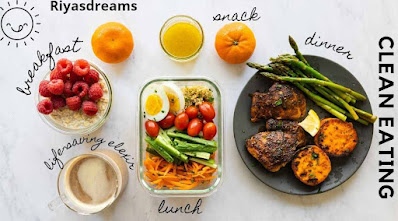

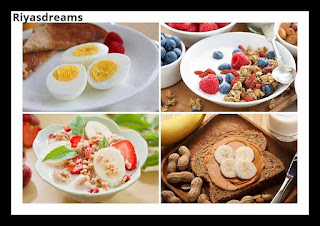




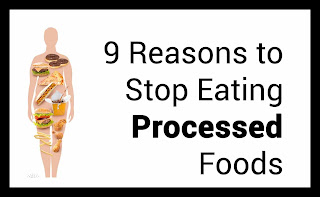


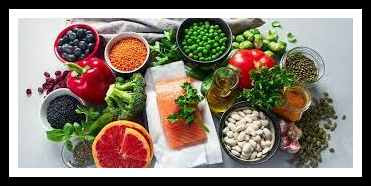




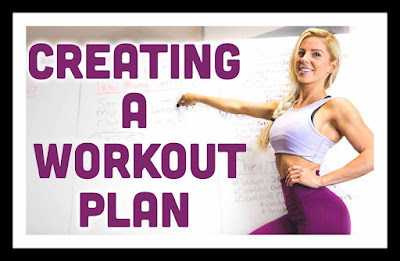








.jpg)





.jpg)
